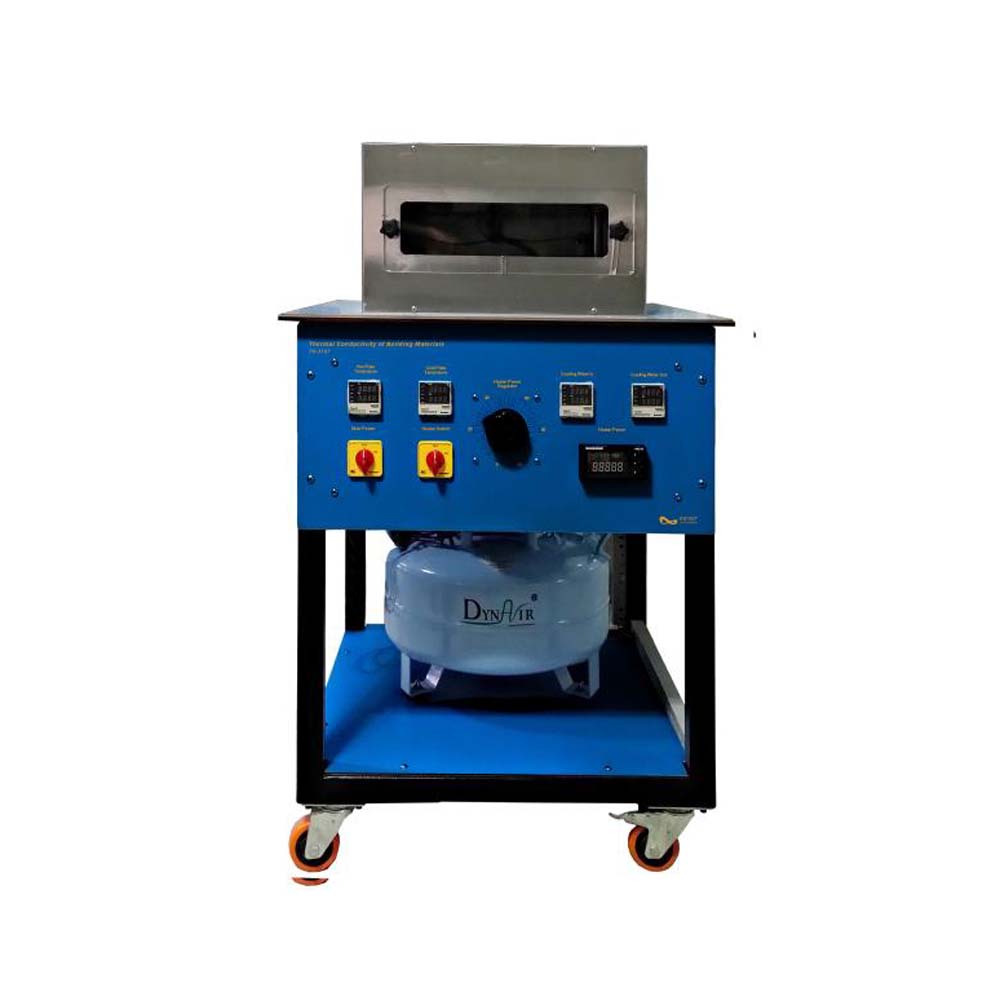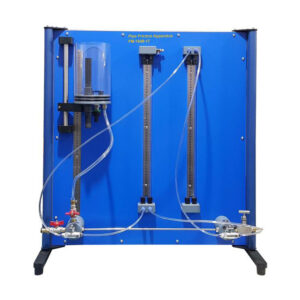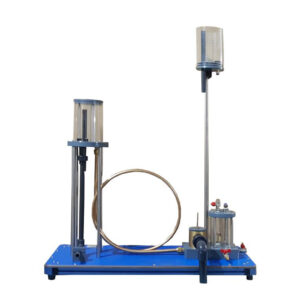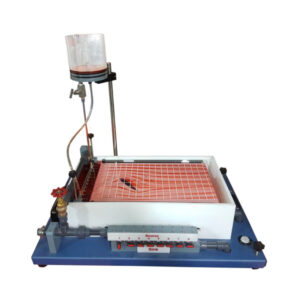This unit is design to learn the relative thermal conductivities of typical building materials. The knowledge of Thermal Conductivity in building materials is essential for design engineer. Basic understand of static heat conduction in building materials is very important for energy efficiency of buildings. Building materials with large heat conduction lead to a considerable loss of thermal energy and thus to higher consumption of primary energy. This experimental unit enables experiments to be performed on steady-state heat conduction in non-metallic materials such as polystyrene, PMMA, cork or plaster in accordance with hot plate technique. Specimen sheets are placed between a heater plate and a water-cooled plate. A clamping device ensures that the clamping pressure and thermal contact are reproducible. A special sensor measures the heat flux. Electronic controllers keep the temperatures of the heater plate and cooling plate constant within close limits.
Experiments
- Determination of the thermal conductivity of different materials.
- Determination of the thermal resistance.
- Thermal conductivity of several specimens connected in series (up to a thickness of 50mm).
Specifications
- Determination of the thermal conductivity of building materials.
- Reproducible clamping pressure due to clamping device.
- Different specimens can be put between hot and cold plate.
- Hot plate with heater mat.
- Cold plate with water cooling.
- Heat flux sensor.
- Software controllers for temperature adjustment of hot plate (optional).
- 3 temperature sensors for the cooling water.
- 3 temperature sensors for hot plate.
- Temperature sensors for cooling water inlet and outlet.




